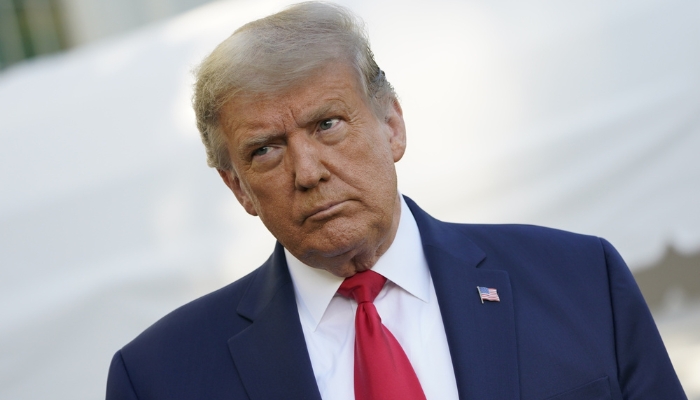The Surge in $50 Bills: Mystery Behind Record Prints
Anúncios
In an unexpected turn of events, the U.S. government printed a staggering 756,096,000 $50 bills in 2022, marking the highest annual total in over four decades. This surge in production raises intriguing questions about the factors driving this unusual spike and its implications for currency circulation.
The Uncommon $50 Bills:
Traditionally an uncommon and somewhat unpopular denomination, the $50 bills has garnered attention due to its association with superstitions, making up only 3.5% of all U.S. bills printed in 2019. However, in 2022, this figure surged to 8.5%, prompting a closer look at the underlying reasons.
The Pandemic’s Influence:
Contrary to expectations, the spike in $50 bills is not linked to inflation but has its roots in the COVID-19 pandemic. The Federal Reserve noted that the 2022 print order was significantly influenced by the unprecedented demand for currency triggered by the pandemic.
As Americans began hoarding cash during uncertain times, the $50 bill emerged as a preferred choice for larger denominations.

[su_button url=”https://www.discover.com” style=”flat” background=”#184ca1″ size=”15″ icon=”icon: money”]DISCOVER THE BANK[/su_button]
Fed’s Response and Order Increase:
Recognizing the surge in demand, the Federal Reserve responded by ordering a substantial increase in $50 bills. Historically considered one of the rarest denominations, the $50 bills surpassed orders for $10s and $5s in 2021 and 2022, reshaping its status in the currency hierarchy.
The Printing Mechanism:
Understanding why $50 bills were printed in record numbers requires insight into the currency printing process. The Federal Reserve estimates demand and the decay rate of existing bills and places orders with the Bureau of Engraving and Printing, the entity responsible for producing paper money.
The Unlucky $50 Bills:
The $50 bills carries historical superstitions, with President Ulysses S. Grant’s presence leading to perceptions of bad luck. Efforts to replace Grant’s image with Ronald Reagan in 2010 did not materialize, and the bills jinxed reputation lingers, affecting its acceptance in certain circles.
Cash Hoarding and Economic Uncertainty:
Despite lockdowns and a decline in businesses accepting cash, the surge in physical money demand during the pandemic can be attributed to economic and geopolitical uncertainties. The San Francisco Fed’s analysis indicates that while cash usage for daily purchases decreased, individuals held onto cash due to heightened uncertainty.

Return to Normalcy:
The printing of various denominations is expected to return to normal levels in 2023 and 2024, with the Fed’s primary focus shifting to replacing damaged notes. However, the report reveals that American households continue to hold a significant amount of cash, signaling a lingering impact from the pandemic.
Conclusion:
The surge in $50 bills in 2022 unveils a unique chapter in U.S. currency circulation, driven by unforeseen circumstances during the pandemic. As the nation transitions back to normalcy, the imprint of economic uncertainty on cash usage underscores the enduring impact of unprecedented events on financial behaviors.
See also: UPenn Leadership Change Amid Israel-Hamas
[su_button url=”https://www.discover.com” style=”flat” background=”#184ca1″ size=”15″ icon=”icon: money”]DISCOVER THE BANK[/su_button]






